Even if we increase the number of therapists, quality will always be a concern. In India, you can apply for a clinical psychologist license as soon as you graduate from an accredited and approved degree program, and begin practicing as a clinical psychologist In most developed countries, to qualify for the clinical psychologist license, you need to work under the supervision of a licensed clinical psychologist, be in therapy yourself, and undergo continuous quality and ethics evaluation. India’s broken process to qualify as a clinical psychologist (largely because the industry is not well regulated) means that quality and experience level of the current supply pool is limited.
Traditional therapy continues to be very expensive (on average, a one hour session costs ~1 – 2k INR and users are encouraged to take at least 1 session per week for a few months, if not years). Also, the best therapists and counselors are typically based in Tier 1 cities, making traditional offline therapy less accessible for users elsewhere.
- High-quality services are hard to scale
Traditional therapy is very hard to scale given its dependence on 1:1 sessions and highly trained professionals. As you try and scale this service (by bringing in group sessions, AI, self-help), you tend to lose out on quality. There is a fundamental contradiction in Mental Health between scalability, quality, and affordability.
- Mental Health records are not digitized or standardized
While there is an active push to digitize health records across the country to deliver better medical services, Mental Health records are far from being digitized, making it harder to provide high quality support or transition from one professional to another seamlessly.
- Stigma still exists in large parts of the country and in most social structures
While open conversations about Mental Health have most certainly started, most social structures are still plagued with stigma around Mental Health conditions or seeing help.
Given these constraints and the rising demand, what does the market landscape and opportunity set look like?
While the market can be broken down into buckets from maintenance to medical treatment, each bucket has its own set of opportunities, viable models, and constraints. For maintenance or basic lifestyle improvement, content and self-help apps have proved successful (assuming the user is self-motivated and consistent). As you start moving towards improvement (whether basic or deeper), models around therapy and counseling are more common. And finally, the deeper the concern, the more the requirement of medical rigor in the form of clinical diagnosis and medical treatment.



Leave a Reply